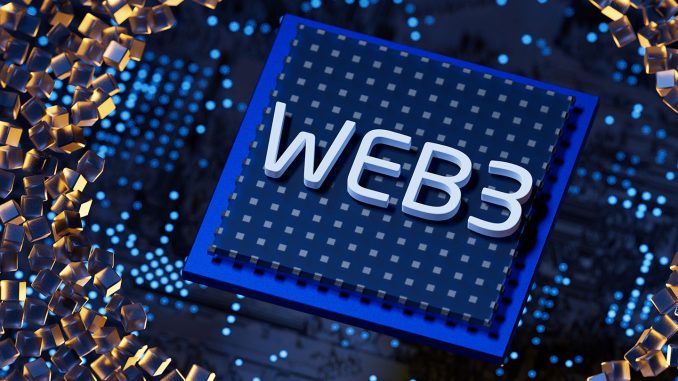
Introduction
The evolution of the internet has been a transformative journey, leading us from static web pages to the dynamic, interconnected digital world we know today. Now, a new chapter is emerging with the concept of Web3, a decentralized paradigm that aims to reshape how we interact, transact, and collaborate online. In this blog post, we’ll delve into the essence of Web3, its core principles, potential applications, and the challenges it seeks to overcome.
What is Web3?
Web3 represents the next evolution of the internet, emphasizing decentralized structures and protocols that enable greater control, security, and user ownership. It envisions a digital landscape where individuals have ownership of their data, digital identities, and interactions. Unlike Web2, where centralized platforms dominate, Web3 leverages blockchain technology and cryptographic principles to empower users and foster peer-to-peer interactions.
Core Principles of Web3
- Decentralization: Web3 shifts away from single entities controlling data and platforms. Instead, it distributes control among users, creating a more democratic online ecosystem.
- Interoperability: In Web3, different applications and platforms can seamlessly interact and share data, enabling a more interconnected digital experience.
- User Ownership: Individuals have control over their data and digital identities, reducing the dominance of large corporations and enhancing user privacy.
- Smart Contracts: Web3 introduces smart contracts, self-executing agreements that automate processes and transactions without intermediaries.
Applications of Web3
- Decentralized Finance (DeFi): DeFi platforms enable borderless financial transactions, lending, and asset management without traditional intermediaries.
- Digital Identity: Web3 allows users to create portable, self-sovereign digital identities that can be used across various platforms and services.
- Content Creation and Ownership: Creators can directly monetize their work and retain ownership through tokenization and decentralized marketplaces.
- Gaming: Web3 offers a new dimension to gaming, with player-owned assets, provably fair mechanics, and cross-game interactions.
- Supply Chain Management: Blockchain-powered supply chains ensure transparency, traceability, and authenticity for products from origin to end consumer.
Challenges and Considerations
- Scalability: As more applications adopt Web3 principles, scaling solutions become crucial to maintain network performance.
- User Experience: Web3 interfaces must be user-friendly to attract mainstream adoption and ensure a seamless transition from Web2.
- Regulatory Landscape: The decentralized nature of Web3 can raise questions about legal and regulatory frameworks.
- Energy Efficiency: Some Web3 technologies, especially those built on certain blockchains, can consume significant energy.
The Road Ahead
Web3 is not just about technological transformation; it represents a paradigm shift in how we perceive and interact with the digital world. As we move forward, collaboration between developers, policymakers, and users will be essential to address challenges and harness the full potential of Web3. The journey to a decentralized internet may be complex, but it holds the promise of a more inclusive, secure, and user-centric digital era.
Conclusion
Web3 is poised to redefine our relationship with the digital realm, offering a vision where individuals have greater agency over their data, identities, and interactions. Through its core principles of decentralization, interoperability, user ownership, and smart contracts, Web3 introduces a more democratic and secure digital landscape. While challenges exist, the potential benefits are vast, opening doors to new economic models, enhanced privacy, and innovative ways of collaborating and transacting online. As Web3 continues to unfold, it invites us to reimagine the future of the internet itself.